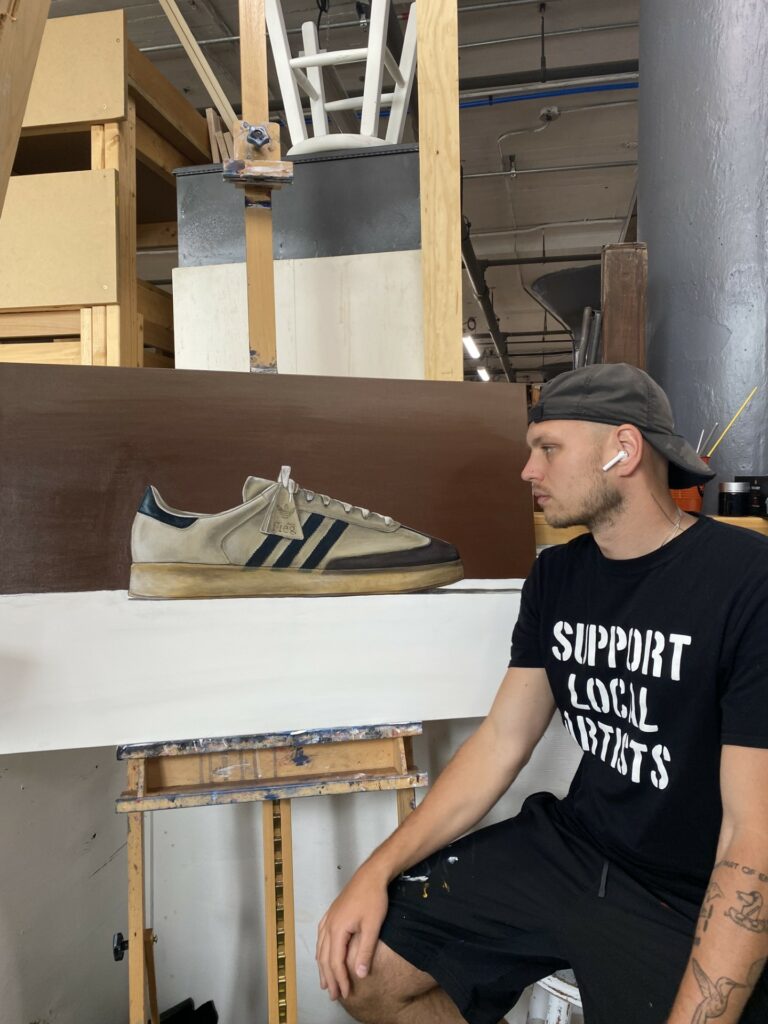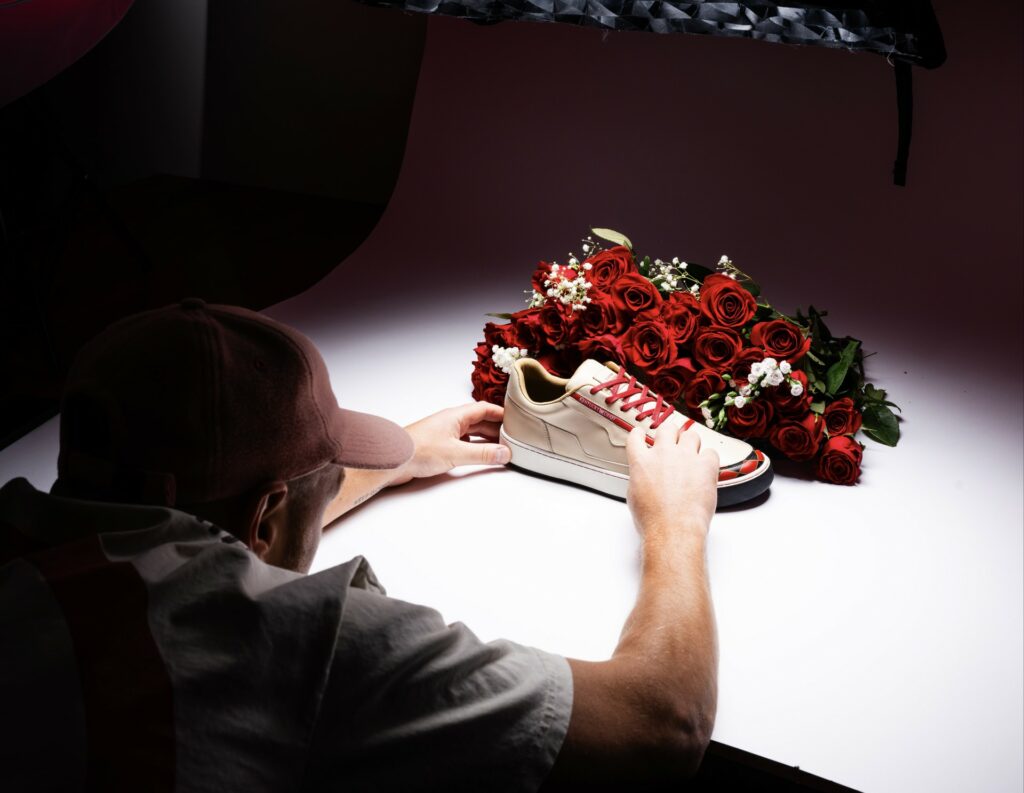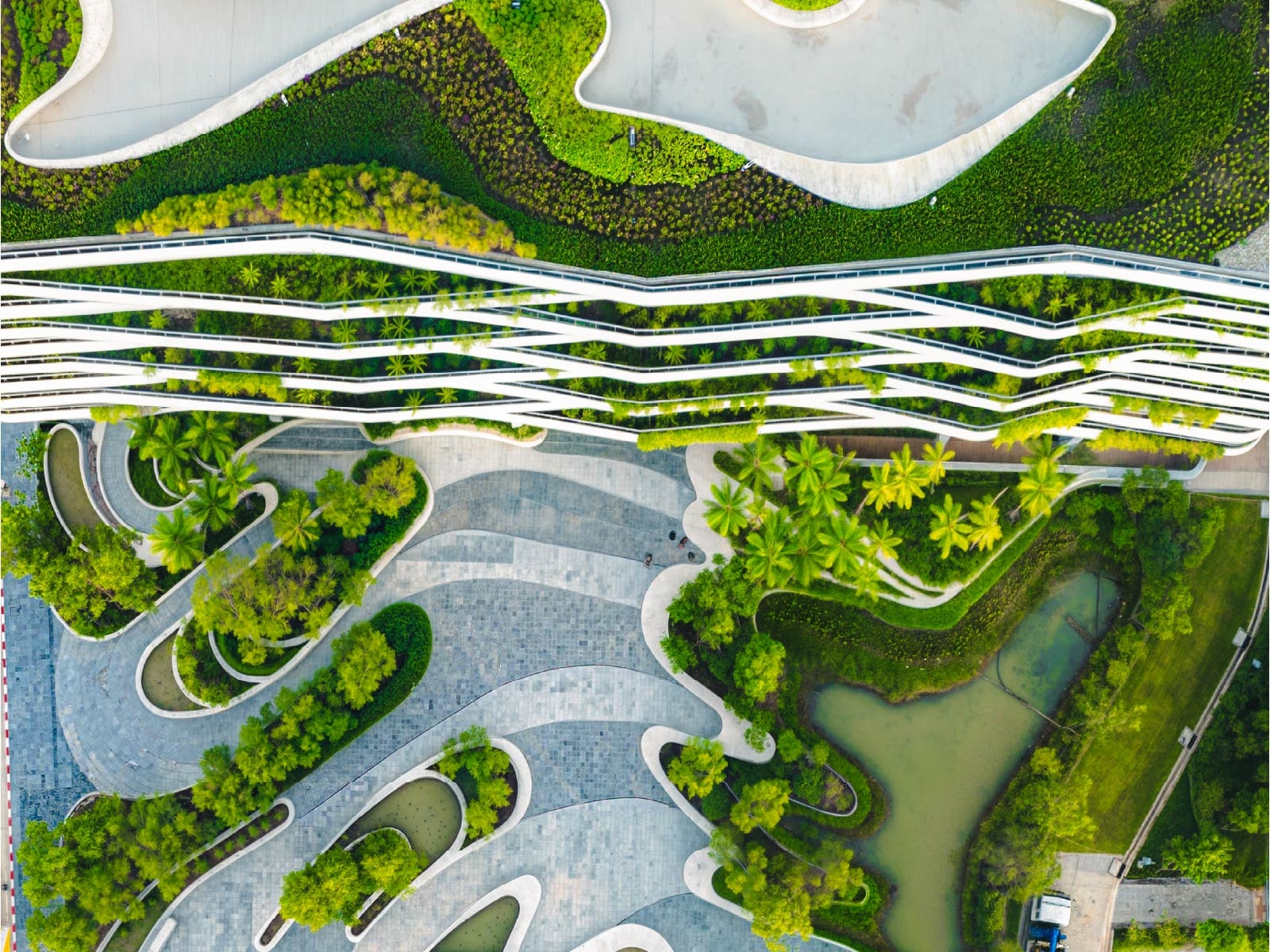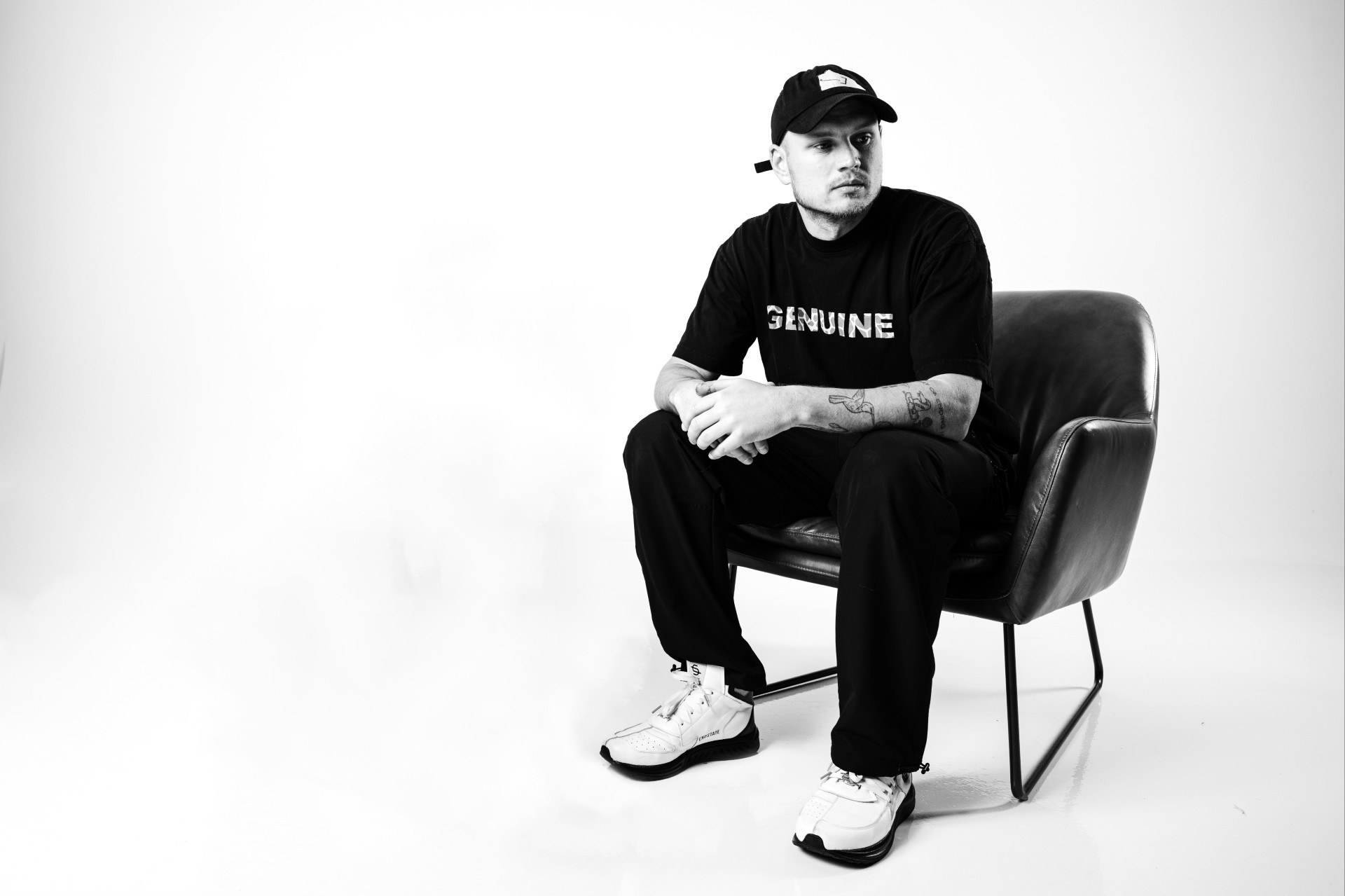We recently had the pleasure of speaking with David Filar, an esteemed member of the FIT Sport Design Awards jury. David’s journey from Poland to the United States is nothing short of inspiring. After graduating from Wentworth Institute of Technology with a degree in Industrial Design in 2014, David embarked on a remarkable career at Vibram. His roles have spanned designer, technical product manager, design and development manager, and most recently, creative director. David has collaborated with hundreds of brands, including notable figures like Yvon Chouinard and Matthew M. Williams, and has worked on a myriad of projects ranging from military and lifestyle products to snowboarding and hiking gear.
Beyond his professional accomplishments in footwear, David is a commissioned artist and painter, podcast host of “An Untold Narrative,” and a dedicated volunteer on the Arts Council board in Worcester, MA. His multifaceted career reflects his unique approach to design, driven by a blend of creativity and practicality.
In this interview, we explore David’s fascinating journey, his approach to design across various industries, and his insights as a jury member for the FIT Sport Design Awards.

Can you tell us about your journey from Poland to the United States and how your upbringing has influenced your career in design?
Today, I wonder if I would have the courage to move to a different country with no money, not speaking the language and without any friends or family there. The answer is probably no. What my parents have done for me is irreplaceable as a foundation for the way I think, live, and create – I owe them everything. Growing up with very little (but just enough), makes you think outside the box. When in high school, I remember thinking: how can I represent my personal style with inexpensive clothing and sneakers? How can I stand out amongst others?
And even today, I never want to be caught out in public, at an event or grocery store wearing the same thing as someone else. I take pride in having that sense of originality and creating things that are unique – especially in a world where everyone wants to be like everyone else.
With such a diverse range of design experiences, spanning from military to lifestyle products, what common thread do you find in your approach to design across different industries?
For me it’s always the ‘why’ – why are we creating this product? Why does this need to exist? If it’s a military application, the product needs to function extremely well. I remember there were design briefs that needed to achieve something called ‘FOD’ – foreign object debris. Where the outsole of the shoe could not trap anything inside the design. No paper clips, no pebbles, nothing.
But the same thought can be applied to designing with a celebrity like Romain Grosjean. The intention we put into the design, through the storytelling with the collaborator, gives the product a purpose to communicate with his fans.
As a commissioned artist and podcast host, how do these creative outlets inform or complement your work as a director of product creation and design?
For me, doing other creative things fuels the main job. I learn so much from painting, the podcast, or volunteer work that can be applied to footwear design. Whether that’s understanding how colours stack, understanding proportions better on a canvas, or talking to another industry professional who gives me a key insight on how they perform their job through the podcast.
These different outlets allow my brain to think differently in a unique environment. I’m a big believer that routine is the serial killer of creativity – I say this cautiously because routine doesn’t work for me. Some other creatives probably thrive in routine, so it’s not a statement that can be applied to everyone. But my fuel comes from different people, places, activities, or events.

How do you balance the creative aspects of design with the practical considerations of product creation, especially when working on innovative or unconventional projects?
I think great designers understand how things are made, and therefore have to make sacrifices to the original design idea to support manufacturing. That open-mindedness is crucial. It doesn’t mean you can’t push the limits or boundaries when producing the product, but it means you’re willing to explore a possibility you didn’t think of.
In innovation or unconventional projects, you can push the limits a bit harder. We recently started exploring a new material at Endstate, and we found that in production the material needs to be folded a certain way in order to keep its aesthetic intact. Something you don’t think of when originally designing, but becomes part of the final design through the natural course of development.
What advice would you give to aspiring designers who are looking to build a diverse and successful career like yours?
Hah – I appreciate this question. I don’t think anyone should follow my path or want something similar to what I’ve been able to do. My advice is to try a ton of things that interest you even in the smallest bits.
If you like chess, how good can you get at chess… can you compete in tournaments? I bet you’d be surprised at how that influences your creativity.
Or you pick up sewing for the first time and you find out you love it. Then you start building your own clothes, then you launch a full collection, and then that becomes your full-time job in 5 years. Or you end up hating it, and you can cross it off the list and move on to pottery.
My point is, from trying a lot of different things you’ll be able to develop your own unique creative path.
How do you see the future of design evolving, particularly concerning technology and sustainability?
Sustainability is one area that I’m surprised has not made as many advancements over the past 5 years or so. Organizations have made ‘claims’ about their products, etc but very few have made a real impact – primarily because I think everyone realizes how challenging it is in production.
But recently, with the push of DPP (Digital Product Passport) in the EU for example, it will force companies to be transparent with their material usage, original source, etc. I think this can have a big impact.
How do you believe recognition from organizations like the FIT Sport Design Awards impacts designers and the industry as a whole?
What FIT Sports Design Awards does is great for up-and-coming creatives who want to share new design work or even existing brands who want to get feedback on a new concept they are working on.
The Awards give people something to shoot for and a reason to push their work forward, so yeah I think it’s great overall!
As a jury member for the FIT Sport Design Awards, what are your expectations for this year’s submissions, and what do you hope to see in terms of innovation and creativity?
In this year’s submissions, hopefully, we can see some new solutions through design. It’s very easy to submit a sneaker or a product for a specific environment with a cool design or really nice rendering. But why are you creating it, and what problem is it solving?
That being said, I think people should also have fun with it!










